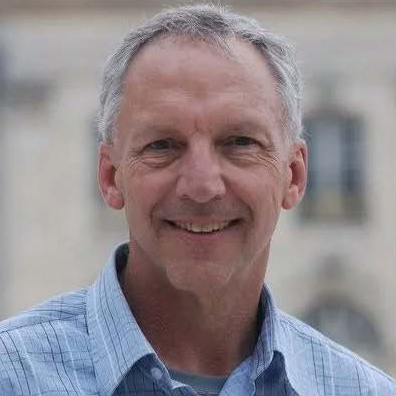
LPL alumnus Dr. Dwight Hoxie passed away on December 27, 2024.
Dwight earned his Ph.D. in Astronomy at the University of Arizona in 1969 with a dissertation titled The Structure and Evolution of Stars of Very Low Mass.
Dr. Hoxie worked as a groundwater hydrologist at the United States Geological Survey, Reston (VA) Water Resources Division.


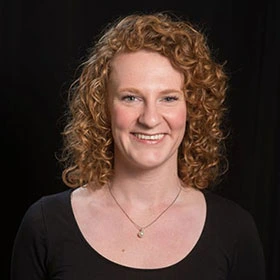
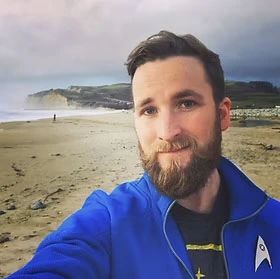
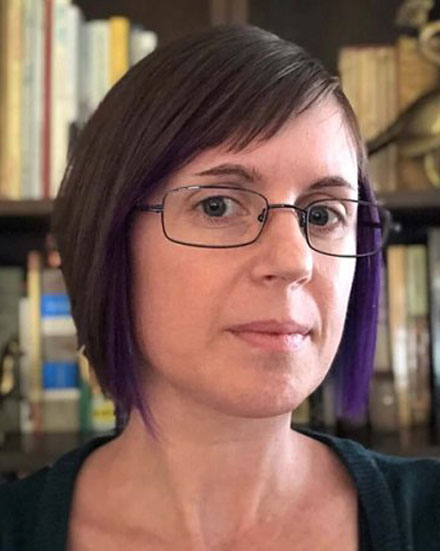
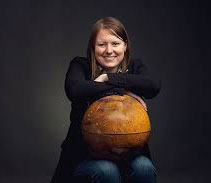
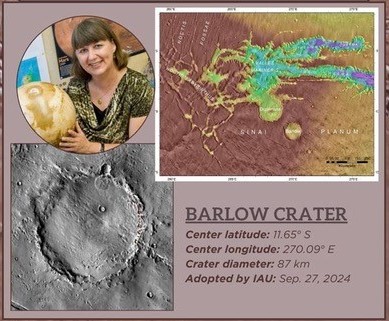 A prominent impact crater on Mars has been named in honor of LPL alumna,
A prominent impact crater on Mars has been named in honor of LPL alumna, 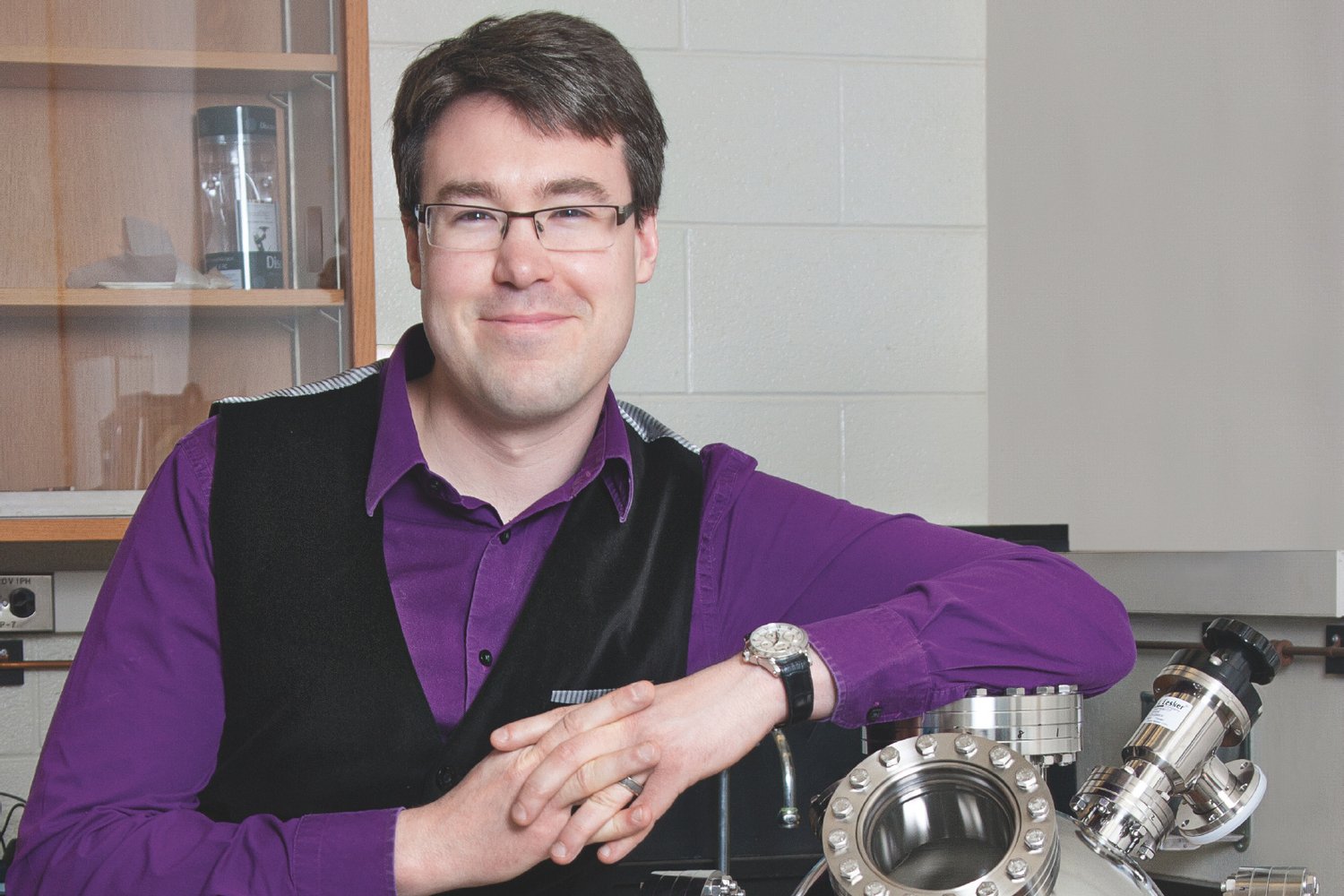
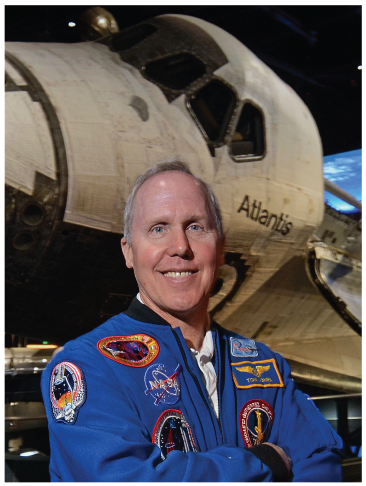 LPL alumnus
LPL alumnus 
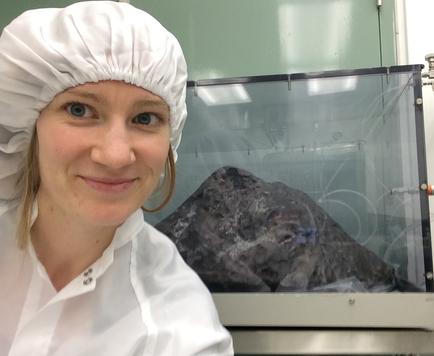 LPL alumna
LPL alumna 